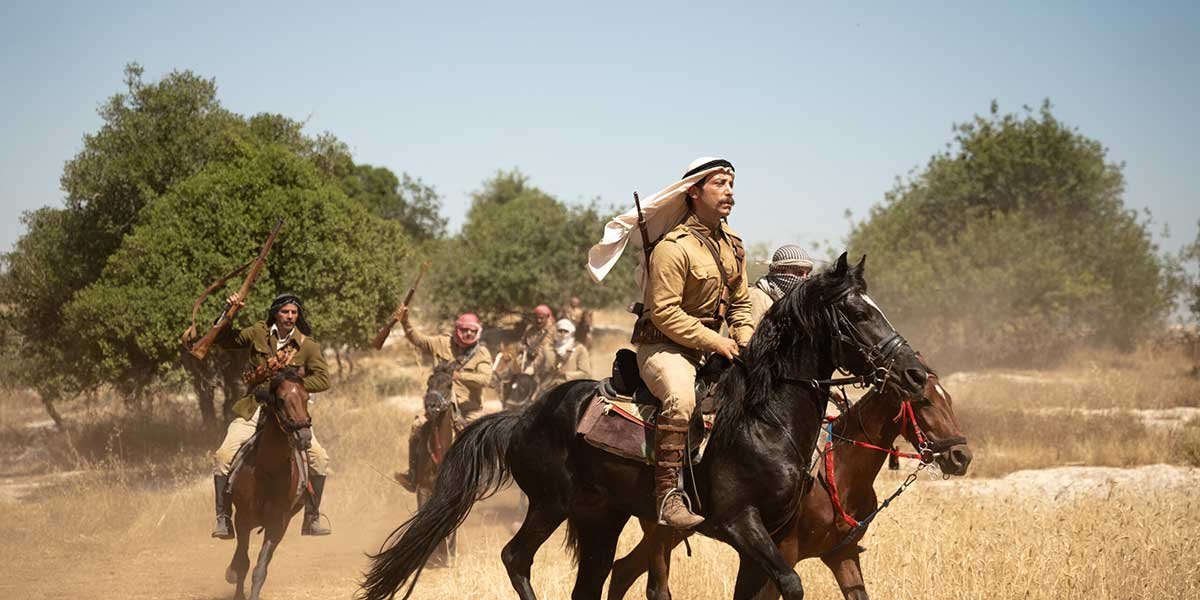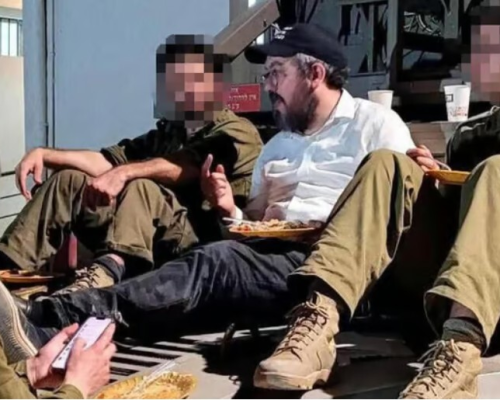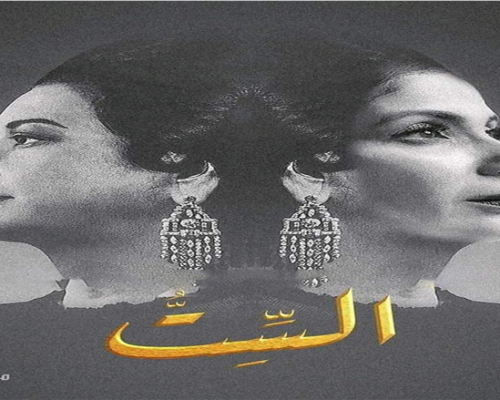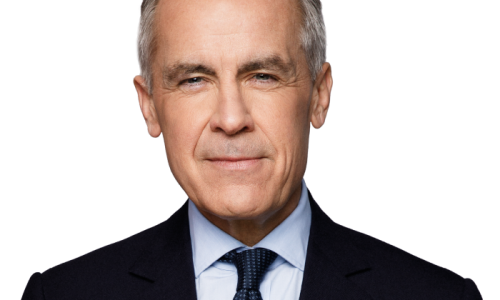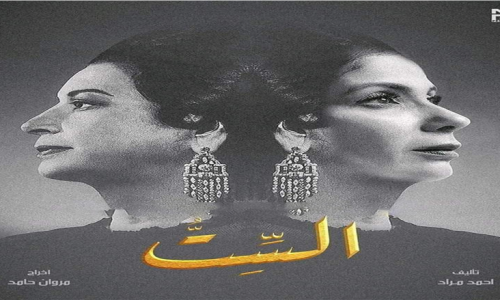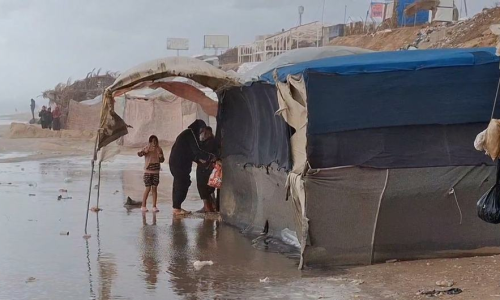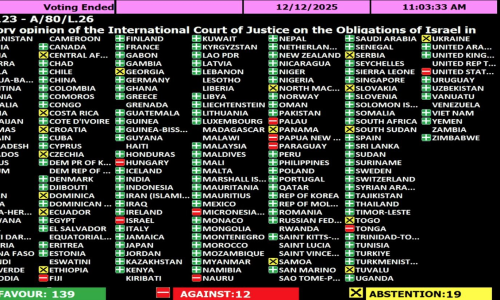By Taghreed Saadeh
The film “Palestine 36” remarkably resonates with the ongoing events in Gaza today, serving as a supportive voice that highlights the Palestinian cause and underscores its enduring injustice. The history depicted in the film doesn’t merely represent a distant memory; rather, it intertwines the events of the 1936 Great Palestinian Revolt with the present-day massacres and suffering of our people in Gaza, as if the film were specifically crafted to narrate these events from their inception, capturing the resilience and sacrifices that have persisted through time. It is a timely work that blends art and history in a way that makes the viewer feel that the Palestinian struggle is continuous, with every moment from the past living in our present. It premiered at the Toronto Film Festival 2025.
The film offers firsthand accounts of women who stood at the forefront and men who carried the torch of freedom across decades, affirming that Palestine is an ongoing cause, and that struggle and steadfastness are integral to the Palestinian identity that remains unbroken.
Set during the Great Palestinian Revolt (1936–1939), a pivotal juncture in modern Palestinian history, the narrative begins in the spring of 1936 with Yusuf (Karim Daoud Anaya), a young man from the village of Basma. He works as a driver for an affluent couple in Jerusalem, Amir (Dhafer L’Abidine), who wields economic and social influence, representing the face of economic power and collaboration with the British mandate; and his wife, journalist Khuloud (Yasmine Al Massri), who writes under the pen name “Ahmad Kanaan,” advocating for the revolution and against British oppression, embodying the intellectual and resistant face of the city.
Yusuf represents the simple Palestinian farmer who inherited his love for the land and his commitment to defending it. However, he finds himself compelled to interact with the upper classes in Jerusalem, who sometimes ally with the occupation or exploit their influence for personal gain.
A pivotal moment in his life transforms him into a revolutionary when his father is martyred by newly established Jewish settlers on the lands of the village. During his father’s funeral, the British army arrests his younger brother.
Yusuf joins the revolution alongside Khalid (Saleh Bakri), who has also suffered oppression from the British as a worker at the port, witnessing land confiscations and confrontations between the people and the British mandate. Throughout his journey, Yusuf’s life intersects with Father Boulos (Jalal Altawil), an Eastern Catholic priest, and his son Karim (Ward Helou), a shoeshiner representing the new generation aspiring for a future in Palestine, understanding from his childhood the magnitude of responsibility and challenges. Father Boulos, who struggles to smuggle weapons to the revolutionaries and loses his life in the process, with Karim as the sole witness to both incidents.
In the village of Basma, which forms the heart of the story, the film portrays a comprehensive social tapestry that unites Muslims and Christians. Destinies intertwine, and social classes intersect, depicting Palestine as a cohesive, diverse, and resistant society.
Father Boulos symbolizes the Christian voice contributing to guiding the family and preserving its values, while Karim learns from an early age the meaning of sacrifice and belonging to the land, choosing his destiny as a hero. Rabab (Yafa Bakri), Um Afra (Wardi Eilabouni), a divorced woman living with her parents, and her mother (Hayam Abbas), represent the steadfastness of Palestinian women who participated in the struggle, whether by supporting the family or aiding the revolutionaries.
Women in the village play a central role, as the film highlights how the struggle was not exclusive to men; rather, there was genuine female participation from all classes, village women and city women each contributing to raising awareness, protecting the land, documenting events, and affirming the collective Palestinian identity. This stands as a triumph for women, placing them in their rightful context.
The brilliant director Annemarie Jacir utilized rare archival footage from the 1930s to depict the lives of Palestinians. She intentionally colored these clips and infused new life into them, as she stated to the media, to prevent the film from becoming mere static history and to demonstrate that the Palestinian struggle remains alive and pressing, and that the memory of the revolution endures.
In this context, the camera showcased the flower “Zahra al-Hanoun,” also known as “Anemone,” a symbolic Palestinian character during the spring of the 1936 Revolution. The flower holds significant meaning for Palestinians, symbolizing martyrdom and sacrifice.
The film portrays how economic and political resistance initially transformed into violent confrontation with the British mandate, covering the long general strike, demonstrations, and subsequent military operations.
The film blends personal melodrama with accurate reenactments of historical events, creating a cinematic experience that combines emotional thrill with historical awareness. Each character, Yusuf, Khuloud, Father Boulos, Karim, and even the British characters (Jeremy Irons, Billy Howle, Robert Aramayo, and William Cunningham) plays a specific role in unveiling the complexities of Palestinian society, methods of dealing with occupation, and the difficult choices individuals face in times of crises.
The film concludes with a mixture of challenge and hope, featuring the song “Wa ‘Ahd Allah Ma Narhal” (“By God’s Covenant, We Shall Not Depart”), encapsulating Palestinian steadfastness and ongoing resilience. The song not only represents the film’s conclusion but also conveys the message that Palestine remains in the memory of its people, that its rights to land and identity persist despite all challenges, and that the struggle has not ended and most importantly, we remain and will not depart from Palestine.

